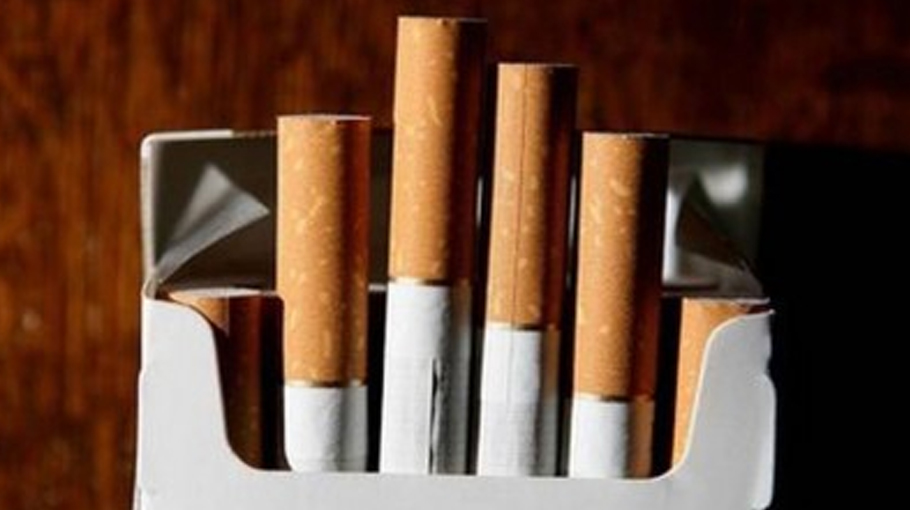Raise tax on low-tier cigarette prices, experts suggest

Nearly 75 percent of the country’s cigarette market is dominated by low-tier products, which are low-cost and consumed by people from lower-income groups.
The prices for the lower-tier cigarettes have increased only by Tk 2 in the last three financial years, raising the risk of making these increasingly more affordable. The government’s revenue collection is also taking a big hit from not raising the prices.
The revenue earned in the FY 2020-21 from the cigarette sector was nearly Tk 28500 crore, which in FY 2021-22 is set to reach Tk 29700 corer, a growth of only 4 percent. This is a significant decrease from a regular 10 percent or 15 percent growth previously.
Industry experts say that not raising prices for lower-tier cigarettes is impacting revenue income. In FY 2019-20 a 10-stick packet of the low-tier cigarettes cost Tk 37, which in FY 2021-22 became Tk 39. The total increase in price in the last three financial years has been only Tk 2. The number of consumers also increased for this segment.
The chairman of the National Board of Revenue recently commented that raising cigarette prices does not lower the number of smokers. But data show that the total volume in the cigarette sector has been in decline for the last five years. Industry observers think that keeping the low-tier cigarettes at a constant low price is risking public health.
“To reduce public health risk prices of low-tier cigarettes should be raised, so that smokers are discouraged from smoking more,” said Dr. Md. Farid Uddin, assistant professor of economics at Rajshahi University.
Typically consumed only by people of lower income and the poor, more affordable cigarettes put this segment of the society at higher health risk.
Industry observers think that the price for low-tier cigarettes should increase at least by Tk 3 to Tk 6 in order to both help prevent the loss of revenue and safeguard public health.




